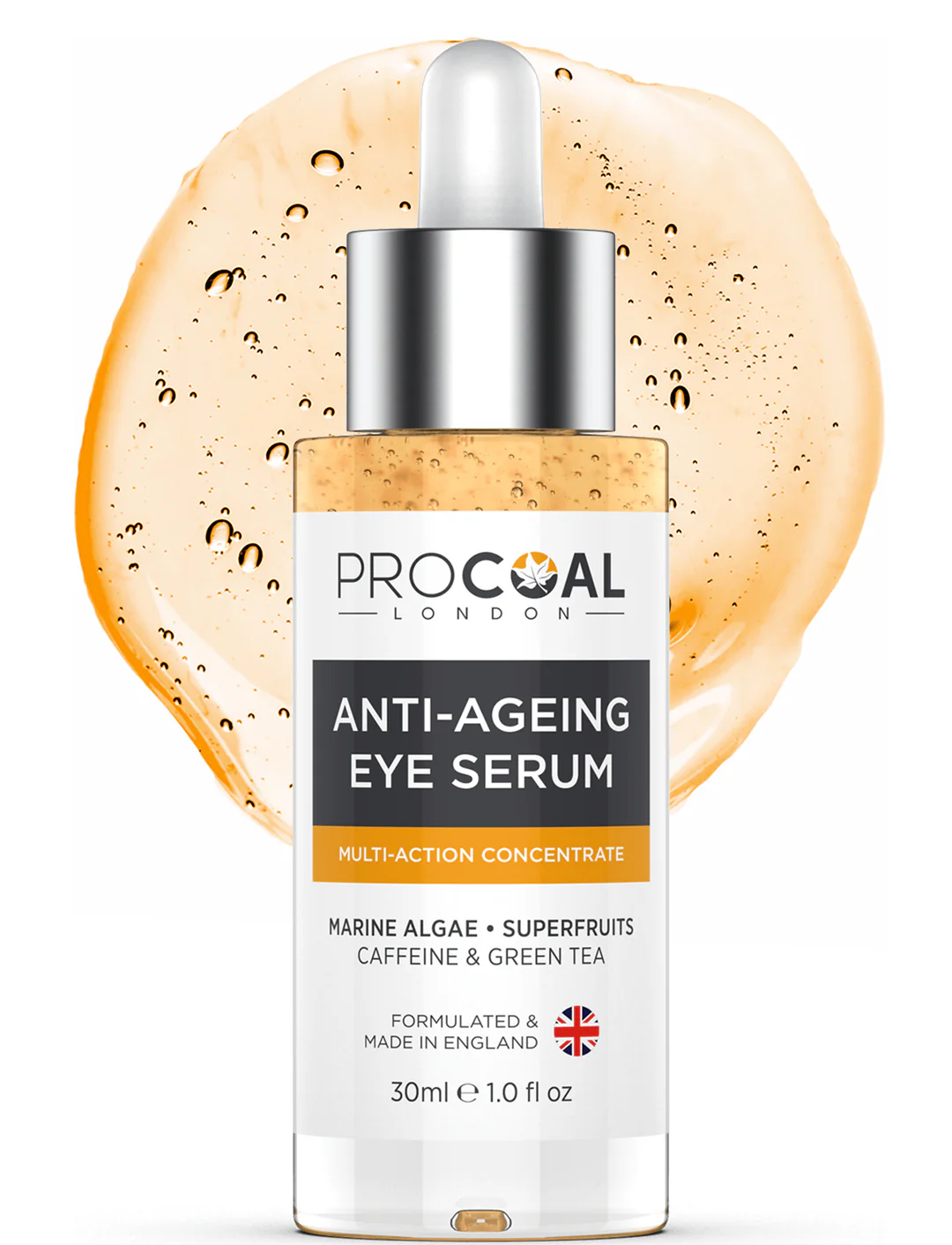Can I Use Hyaluronic Acid on My Arms and Legs?
Hyaluronic acid is a skincare ingredient that has quickly become a favorite for its incredible hydrating abilities, but did you know it’s just as effective on the body as it is on your face? Whether you’ve been enjoying the sunshine or dealing with dry patches, hyaluronic acid can work wonders on your arms, legs, and even other areas like your hands and elbows. So, let’s dive into how you can use this hydrating powerhouse on the body.
Can You Put Hyaluronic Acid on Your Body?
Absolutely! You can use hyaluronic acid on your arms, legs, and even other parts of your body that are prone to dryness. Body lotions, gels, and creams formulated with hyaluronic acid are an excellent way to address areas of the body that tend to feel dry, like the elbows, knees, and even the hands.
Hyaluronic acid helps the skin retain moisture, so using it on the body can replenish hydration, smooth rough patches, and even improve skin elasticity. If you’ve been out in the sun, hyaluronic acid can also help soothe and rehydrate skin that’s feeling tight and dry after sun exposure or a sunburn. A hyaluronic acid-infused body gel or cream can be your best friend, especially in tropical climates or during warm weather when your skin is exposed to the elements more.
What Skin Types Benefit from Hyaluronic Acid?
Hyaluronic acid is one of the most versatile ingredients, suitable for all skin types, including dry, oily, and sensitive skin.
Dry skin: Since hyaluronic acid draws moisture from the environment into the skin, it’s especially beneficial for dry or dehydrated skin. It helps restore lost moisture and improves the appearance of rough, flaky patches.
Oily skin: While oily skin types might seem like they don’t need hydration, dehydration is still a common issue. Hyaluronic acid helps prevent that by keeping skin balanced without contributing to excess oil production.
Sensitive skin: Even if you have sensitive skin or conditions like eczema or psoriasis, hyaluronic acid can be incredibly soothing and supportive, as it doesn’t irritate the skin and helps to maintain the skin barrier.
Can You Put Hyaluronic Acid on Your Hands?
Yes, hyaluronic acid is fantastic for the hands, too! Our hands are constantly exposed to the elements, and often, they are one of the first places to show signs of aging, like fine lines, dryness, and dark spots. Regular use of a hand cream that contains hyaluronic acid can keep the skin on your hands looking youthful, hydrated, and protected from environmental damage like UV rays and harsh weather.
Adding SPF to your hyaluronic acid-based hand cream is also a great idea to further protect against sun damage.
What Happens If You Use Too Much Hyaluronic Acid?
While hyaluronic acid is generally safe and beneficial, using too much can backfire. Since it’s a humectant, meaning it draws moisture from the air, if there isn’t enough moisture in the environment (or your skincare formula), hyaluronic acid can pull water from the deeper layers of your skin, leading to dehydration.
So, while hyaluronic acid is amazing for hydration, balance is key. Overuse or applying it in very dry conditions may leave your skin feeling drier rather than more hydrated.
Is It OK to Use Hyaluronic Acid Every Day?
Yes, it’s perfectly fine to use hyaluronic acid daily. In fact, it’s often recommended to apply it twice a day—once in the morning and once at night. To get the most out of hyaluronic acid, apply it to freshly cleansed skin that’s still slightly damp to help it lock in moisture more effectively. You’ll find that hyaluronic acid serums or body creams will keep your skin barrier hydrated, plumped, and in tip-top shape.
Does Hyaluronic Acid Have Side Effects?
Hyaluronic acid is typically well-tolerated by most people and has very few reported side effects. It’s known for being gentle and safe for all skin types. However, as with any new skincare ingredient, it’s always a good idea to do a patch test before applying it to larger areas of your body, especially if you have sensitive skin. If you experience any irritation or discomfort, discontinue use and consult with a dermatologist.
Should I Apply Hyaluronic Acid on Wet Skin?
Yes, hyaluronic acid works best when applied to slightly damp skin. This is because it attracts moisture, so when applied to wet skin, it helps to lock in the moisture more effectively. However, don’t apply it to skin that’s too wet, as this can prevent it from properly absorbing. Apply your hyaluronic acid serum or body lotion after cleansing or showering while the skin is still a little damp, but not dripping wet.
Final Thoughts: Can You Use Hyaluronic Acid on Your Arms and Legs?
Absolutely! Hyaluronic acid is a great addition to your body care routine. Whether you’re dealing with dry patches, want to maintain smooth and hydrated skin, or need to soothe skin after sun exposure, hyaluronic acid can be a game-changer. It’s suitable for all skin types, easy to use, and highly effective for targeting dryness and improving skin texture.
Remember, always use it in moderation, and be sure to follow up with a moisturizer if you’re using hyaluronic acid-based products on your body. If you have further questions or want tips on how to maximize your hyaluronic acid use, feel free to reach out to us on Instagram!
DQH Knowledge drop: In your 20s, your skin cell turnover decreases. (Cell turnover is a key component in keeping your skin youthful.) You know what else slows down? Your collagen production. Starting in your 20s, collagen decreases by about 1 percent per year. Should you want to prevent fine lines and wrinkles, start by eliminating behaviors that contribute to premature aging. “If it’s bad for you, it’s bad for your skin,” says dermatologist Michel Somenek.
“Cigarette smoking reduces blood flow to the skin and causes premature wrinkling and a dull skin texture. Making the repeated pursed motion to inhale can also cause smoker’s lines. Alcohol and recreational drugs are toxins for the skin that damage its cellular structure and DNA,” Somenek tells us. “The faster you eliminate vices while you are young, the better chance your skin and body have to recuperate.” Also, adopting an anti-aging routine in your 20s is key. After all, the best offense is a good defense. We spoke to Somenek and experts Joshua Ross and Audrey Kunin to find out more.
Keep reading for the best anti-aging products for your 20s, according to skincare professionals.
Sunscreen
“We all know that the sun is the number one cause of skin aging and starting the prevention in your 20s is very important,” Ross says. “The majority of your sun damage won’t start to appear until you’re in your 30s, so don’t wait until you see it surface or you’ll be behind the curve. Stay ahead of it with a good-quality zinc-based sunscreen worn daily.”
Farmacy Green Defense Daily Mineral Sunscreen
An invisible sunscreen with SPF 30, plus botanical extracts meant to protect skin with tons of antioxidants. Bonus: It’s clean and fine to use under makeup.
Bareminerals Complexion Rescue™ Tinted Moisturizer Broad Spectrum SPF 30
Although we recommend you use your SPF and moisturizer separately, we also understand moments when you don’t have time or energy for that extra step. For those times, this bareMinerals moisturizer is a great thing to have on hand.
Vitamin C Serum
“A great introduction to anti-aging is to start with a vitamin C serum in your morning skincare routine,” Ross says. “It’s a powerful antioxidant that will neutralize free radicals and brighten the skin.” He adds that it’s a great way to counteract the effects of the sun’s harmful rays, which, as previously mentioned, are among the biggest causes of premature aging.
Drunk Elephant C-Firma™ Vitamin C Day Serum
The Drunk Elephant C-Firma is a lightweight serum that promises to give skin a glow by combining the brightening powers of vitamin C with ferulic acid, l-ascorbic acid, and vitamin E. The included sodium hyaluronate is meant to replace hydration loss, so you shouldn’t have to deal with any irritation.
Sunday Riley C.E.O. Rapid Flash Brightening Serum
This potent serum is jam-packed with vitamin C (15 percent, to be exact), which means it’s a potential superstar at both brightening skin and dousing it in antioxidants.
Peptides
Using peptides on your skin has many benefits, says Somenek. “The skin barrier is what defends the body against pollution, UV rays, bacteria, and toxins. It can be damaged by several everyday factors. Using topical peptides aids in building a stronger barrier,” he says. “Peptides comprise elastic fibers, which are a type of protein. These fibers help to make skin appear taut and firm. Peptides can also help repair damaged skin, relieve inflammation, and even out skin tone. Some peptides can kill acne-causing bacteria that is common in 20-somethings.”
Kunin agrees, saying, “Peptides are an excellent entry point for supporting collagen.” She recommends looking for face and eye treatments that contain these collagen-boosting powerhouses.
Charlotte Tilbury Magic Eye Rescue Cream
This Charlotte Tilbury super-emollient eye cream has a base of coconut oil and shea butter (read: it’s incredibly hydrating). Botanicals plus peptides are meant to help reduce dark circles and boost collagen, respectively.
This creamy moisturizer serves up potent collagen-boosting peptides and pycnogenol, and antioxidant-rich vitamin C. “Instead of sitting on top of the skin, peptides penetrate the outer layer so they go deep. The ‘signals’ they send tell the cells to produce elastin and collagen, which are needed for youthful-looking skin,” explains Somenek.
At-Home Peel Pads
Remember that skin cell turnover fiasco we talked about earlier? One way to help support it is by exfoliating. “Exfoliation is important to help keep skin fresh and luminous,” Kunin says. She recommends using at-home peel pads as an easy and effective way to exfoliate.
“The goal in your 20s is to fight the slowing pace of cell turnover. It is wise to use products that gently exfoliate, yet still remove oil and other impurities. Products that have Alpha Hydroxy Acids (AHA) or Beta Hydroxy Acids (BHA) are a good choice.”
According to Somenek, you should only exfoliate two to three times a week. “People of all ages are guilty of over-exfoliating and that can be too much of a good thing,” he says.
Dermadoctor Kakadu C Intensive Vitamin C Peel Pad
A few swipes of this Derma Doctor powerful peel pad promise to leave your skin glowing and smooth, thanks to the seven (yes, seven) types of chemical exfoliants, including AHA and BHA. It also contains vitamin C via Kakadu plum extract for added brightening and antioxidant protection.
KEY INGREDIENTS Kakadu plum extract is sourced from the Kakadu plum, a fruit grown in northern Australia. It contains vitamin C, which restores the skin’s natural barrier, increases collagen production, and soothes irritation.
Dr. Dennis Gross Skincare Alpha Beta® Universal Daily Peel Pads
These are the gold standard of peel pads, with a cult following and over 900 five-star reviews on Sephora. They’re easy to use and contain a blend of anti-aging exfoliating acids.
Emollient Night Cream
“In your 20s, you need to start upping the hydration in your skincare routine. You may have been cautious of over-moisturizing because of acne in your teens, but as you enter your 20s, your skin transitions and becomes drier,” Ross says. “I recommend an emollient night cream added into your evening skincare regimen.”
“Twenty-somethings need to make sure that they are not using creams that will clog their pores and cause excess oil production,” says Somenek. Opt for non-comedogenic products.
Cerave Skin Renewing Night Cream
One great choice is the CeraVe Skin Renewing Night Cream, which is a non-comedogenic night cream that leaves skin soft and glowy. It combines the moisturizing powers of ceramides and hyaluronic acid.
RoC Retinol Correxion Max Hydration Creme
“The best night cream ingredients contain retinol, benzoyl peroxide, and/or salicylic acid or hyaluronic acid. The goal is to moisturize, yet remove excess oil,” says Somenek. This Roc Retinol Correxion cream fits the bill as it contains both hyaluronic acid and retinol so it promises to moisturize while also being non-comedogenic.



